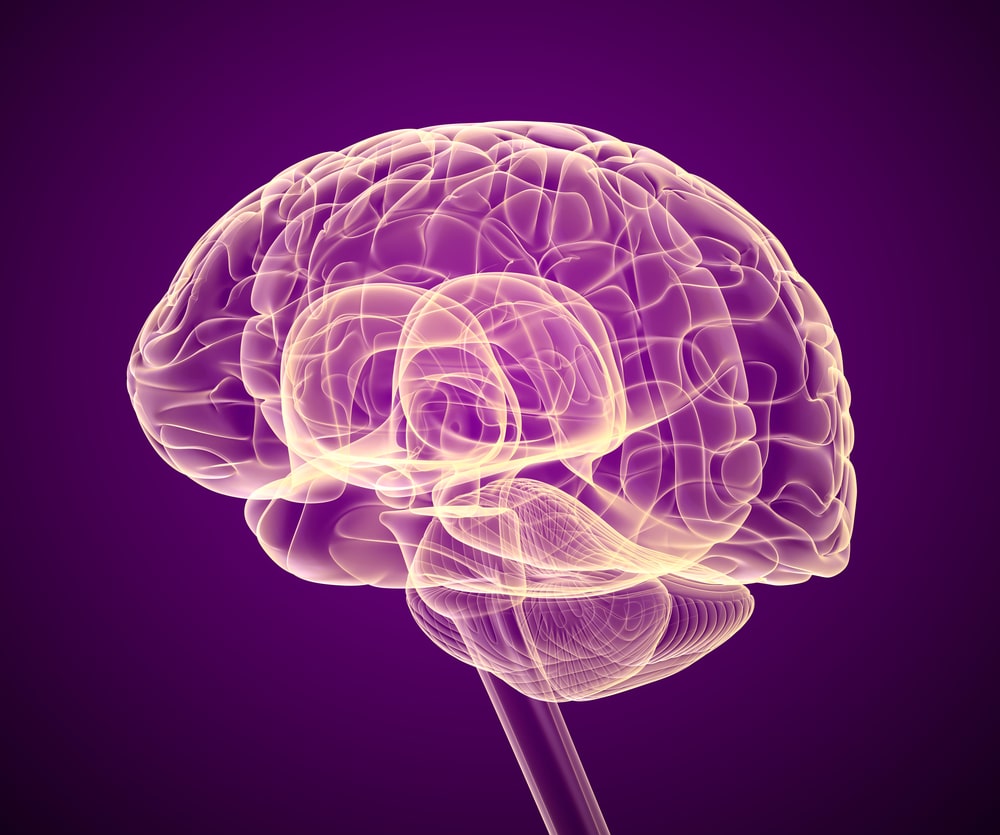At birth, human brains contain approximately three times as many neurons as those of newborn chimpanzees and gorillas, despite sharing similar gestation periods. Why do humans have such large brains when compared to other apes? To find out, researchers at the Medical Research Council (MRC) Laboratory of Molecular Biology in Cambridge, United Kingdom, recently grew and studied miniature brain organoids to mimic the early brain development of humans, gorillas, and chimpanzees. Published in the journal Cell in March 2021, the study is the first to identify how humans develop larger brains than other apes.

How Humans Develop Larger Brains Than Other Apes
To better understand why the human brain underwent such a massive expansion after humans diverged from other great apes, the researchers began by collecting cells from humans, gorillas, and chimpanzees. They genetically reprogrammed these cells to resemble induced pluripotent stem cells (iPSCs), which are found in early embryos, and used them to grow brain organoids, which are 3D tissues that model early brain development. Like actual brains, the brain organoids developed from human stem cells grew much larger than those developed from gorilla and chimpanzee stem cells. To understand why this happened, the researchers explored neural progenitor cells.
The Role of Neural Progenitor Cells
In the early stages of brain development, stem cells known as neural progenitor cells produce neurons. In their initial cylindrical shape, neural progenitor cells can easily split into identical daughter cells. The more they split and multiply in this initial stage of development, the more neurons the brain will contain later. As neural progenitor cells mature, their multiplication decelerates and their shape becomes elongated, so that they resemble stretched ice-cream cones.
Using their brain organoid models, researchers discovered that neural progenitor cells’ shape shift from cylindrical to stretched ice-cream cone occurred over about five days in gorillas and chimpanzees. The transition took longer in humans, totaling about seven days. Because human progenitor cells remain in a cylindrical shape for longer, they have more time to multiply, allowing them to produce more neurons. The delayed transition of the cell shape could explain why human brains have roughly three times as many neurons as gorilla and chimpanzee brains.
Differences in the ZEB2 Gene
To further understand the genetic mechanisms responsible for this difference in growth, the researchers looked at gene expression in the human, chimpanzee, and gorilla brain organoids. They spotted key differences in a gene known as ZEB2. In gorilla brain organoids, this gene was “turned on” sooner than in human organoids.
To explore this variance, the researchers delayed the effects of ZEB2 genes in gorilla brain organoids. This caused the progenitor cells to mature more slowly, allowing the gorilla brain organoids to grow larger, similar to human brain organoids. They also hastened the effects of ZEB2 genes in human brain organoids, which had the opposite effect, causing the organoids to grow to a smaller size, similar to ape organoids.
Dr. Madeline Lancaster of the MRC Laboratory of Molecular Biology, who led the study, explained it this way: “Essentially, when this gene is switched on, the cells are less ‘sticky’ and can leave and go elsewhere.” The delayed activation of the ZEB2 gene in early human brain cells allows the cells to stick together and multiply for longer, producing more neurons, resulting in a larger brain.
_____
As the researchers note, the brain organoids used in the study are only models, which means they are not exact copies of actual brains and do not perfectly replicate brain function. However, they have provided some unprecedented insights into the development of human and ape brains.
Scantox is a part of Scantox, a GLP/GCP-compliant contract research organization (CRO) delivering the highest grade of Discovery, Regulatory Toxicology and CMC/Analytical services since 1977. Scantox focuses on preclinical studies related to central nervous system (CNS) diseases, rare diseases, and mental disorders. With highly predictive disease models available on site and unparalleled preclinical experience, Scantox can handle most CNS drug development needs for biopharmaceutical companies of all sizes. For more information about Scantox, visit www.scantox.com.
